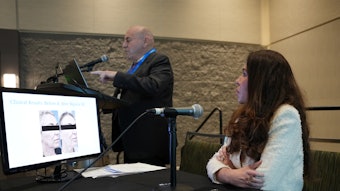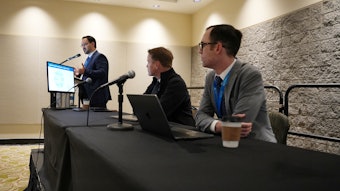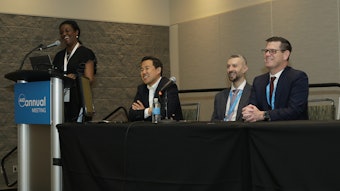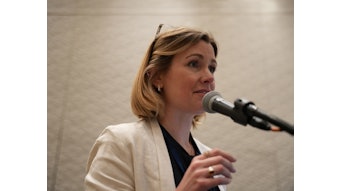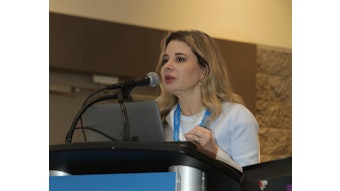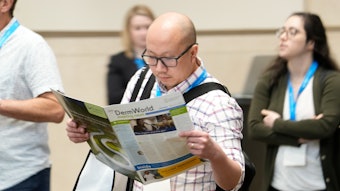Keep chronic urticaria on your radar
New treatment strategies are on the horizon to stop the itch.
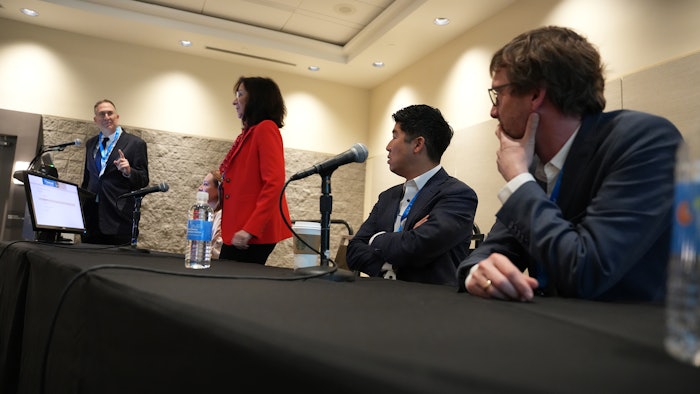
According to Gil Yosipovitch, MD, FAAD, and a panel of experts, chronic urticaria is a disease dermatologists need to continue to pay attention to and treat — with new options available. It can present in two forms: chronic spontaneous urticaria (CSU) and chronic inducible urticaria (CIndU), which can cause itchy hives and/or angioedema.
“For many years, we abandoned chronic urticaria and gave it to the allergist, but this is clearly skin disease,” said Dr. Yosipovitch, who is professor of dermatology at the Miller School of Medicine at University of Miami and director of the Miami Itch Center. Dr. Yosipovitch co-moderated a new forum on March 10, F083 – Chronic Urticaria: What’s New? which focused on the pathogenesis of the disease and treatment strategies in the pipeline.
Brian S. Kim, MD, FAAD, gave a detailed discussion of the pathophysiology of CSU, which is clinically defined by ongoing angioedema and itchy hives for six weeks or more. CSU excludes inducible urticaria from external factors, such as heat, cold, or pressure. Focusing on what makes CSU uncomfortable, Dr. Kim said, “it has been a debated that basophils have no role in urticaria, but of course they do. The IgE-basophil-neuronal circuit underlies acute itch flares.” Dr. Kim is vice chair of research and site chair of Morningside and Mount Sinai West in New York City.
Exploring chronic spontaneous and inducible urticaria in children, Elena Netchiporouk, MD, MSc, FRCPC, assistant professor in the division of dermatology at McGill University Health Center in Montreal, presented case studies to illustrate the similarities and differences of the clinical presentations, pathogenesis, and management of the condition in children versus adults.
“Chronic urticaria is as prevalent in children as it is in adults, but it presents with less angioedema,” she said. “The majority of children are controlled with standard to optimized doses of oral second-generation antihistamines.”
Autoimmune mechanisms likely play a role in pediatric chronic urticaria, Dr. Netchiporouk said. Future studies validating chronic management algorithm, biomarkers, and the use of biologics in children with chronic urticaria are required.
Ana M. Giménez-Amau, MD, PhD, reviewed the available therapies in chronic urticaria and presented a consensus treatment algorithm recommending second-generation antihistamines as the first line of treatment, with an increase in dosage up to four-fold. After two to four weeks, or earlier if symptoms are intolerable, omalizbumab, dupilumab, and remibrutinib may be considered as second-line treatment. If control is still inadequate after at least six months, cyclosporine A can be added on to the second-line treatment.
“Our goal is to obtain complete control of the symptoms as fast as possible, so no hives and no angioedema, by treating the episode of chronic spontaneous urticaria until it is gone, but it can take years,” said Dr. Giménez-Amau, who is associate professor of dermatology at the Autonomous University and Pompeu Fabra University in Barcelona, Spain.
Co-director of the session, Martin Metz, MD, professor in the department of dermatology and allergy at Charité – Universitätsmedizin in Berlin, closed the session with a tribute to predecessor Marcus Maurer, MD, and his contributions as an esteemed urticaria researcher. In 2024, at age 58, Dr. Maurer died tragically during a hike near his vacation home by Lake Maggiore, Italy.
“Before Marcus, most patients with chronic spontaneous urticaria had no effective treatment. Without him, patients would still be suffering much more than they are now,” Dr. Metz said.
After starting a specialty urticaria treatment clinic in 1999, Dr. Maurer devoted his professional life to discovering the pathophysiology of CSU and developing effective treatments, many of which are in clinical development now as a result. Dr. Maurer is also credited with connecting the urticaria community worldwide by creating the UCARE Network Reach, with 200 centers in 48 countries.
“There’s not one signal target Marcus wasn’t involved in,” Dr. Metz said. “It’s Marcus’s biggest legacy.”
